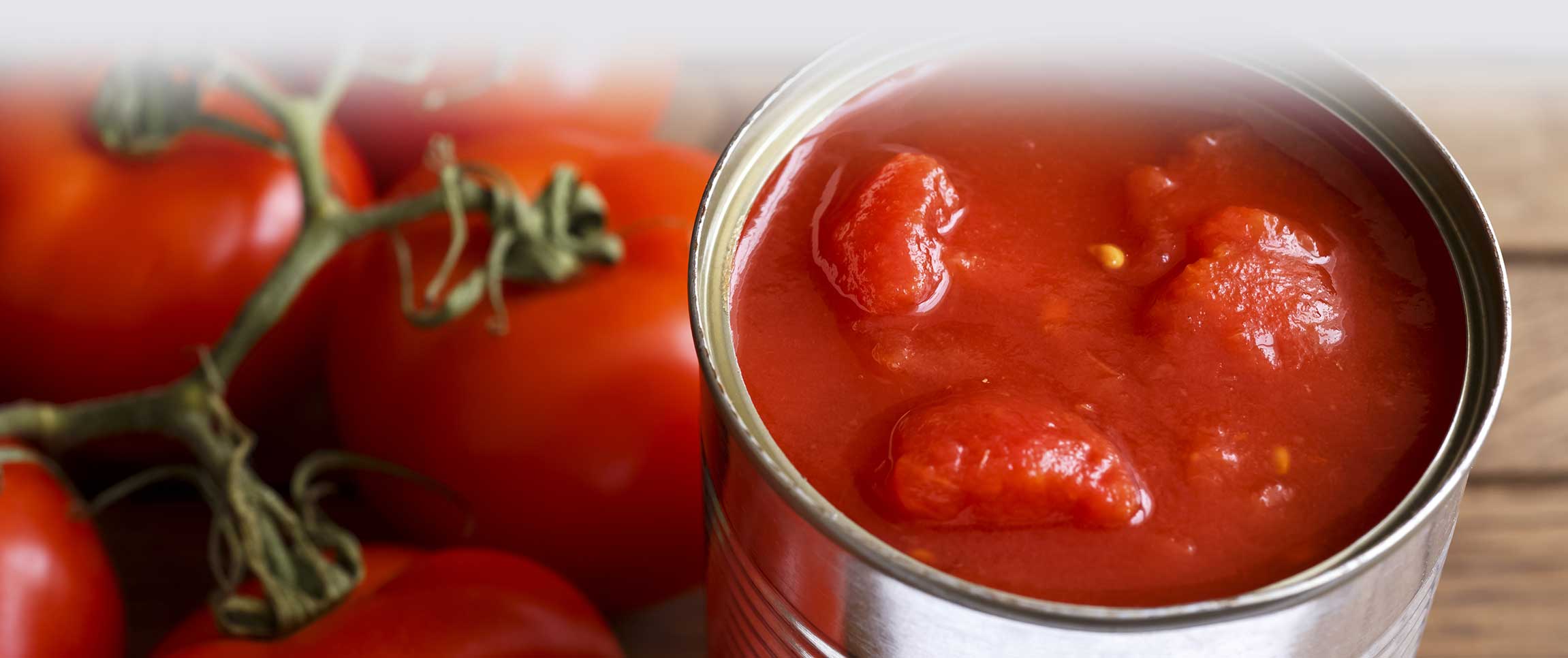There’s no secret about it — food cost is generally one of the highest expenses a company has, along with labor. In fact, according to Restaurant Report, a profitable restaurant can expect food costs to account for as much as 35% of its total expenses.
One way to manage food costs is to ensure your inventory lasts as long as possible. Fresh products can have a limited shelf life, which means that if you can’t use the products you ordered, you could be throwing away money.
Consider mixing in high-quality substitutes with an extended shelf life. Often, you can replace fresh herbs and ingredients with high-end canned and dry pantry foods. Let’s look at how your eatery can make inventory last longer with some of these shelf-stable concepts and strategies.
High-End Dry Herbs
Some chefs swear by using fresh herbs for all of their dishes, but dry herbs can work just as well. In fact, in certain situations, dry herbs such as Magellan Basil Leaves can even create more flavoring in dishes compared to fresh herbs.
One of the biggest advantages of using dry herbs over fresh herbs is the shelf life. While most fresh herbs will generally last about 5 - 7 days in the refrigerator before losing their flavor, dried herbs can last for up to a year. The extended shelf life of dry herbs also makes them easy to store after each use.
Value-Priced Cans
When most customers think about restaurants, they often don’t associate the establishment with canned products. However, utilizing different types of food that come in cans is a great way to increase the shelf-life of your inventory and reduce food costs.
For instance, if your restaurant utilizes tomato sauce or tomato paste in several dishes, it could be more cost-effective to use high-quality canned tomato products from Roma® or Piancone® than fresh tomatoes with a short shelf life.
FIFO Rotation
If fresh ingredients are essential to your concept, you will want to follow the FIFO (First in, First out) stock rotation strategy. The basic theory behind FIFO is that you utilize the oldest ingredients and produce first before moving on to newer products. While it may seem pretty straightforward, it can be challenging to follow if your team isn’t familiar with the processes behind the system.
Here are a few FIFO rules you’ll want to follow to ensure you’re using the oldest products first:
- Every time you receive a delivery, ensure the new stock is placed behind the existing stock.
- Write the dates that each product was placed into the inventory to help identify the oldest produce if items fall out of order.
- Create a sheet that lists out the expiration dates of all existing products.
- Train employees to always pull items from the front and to use the oldest ingredients first when making dishes.



